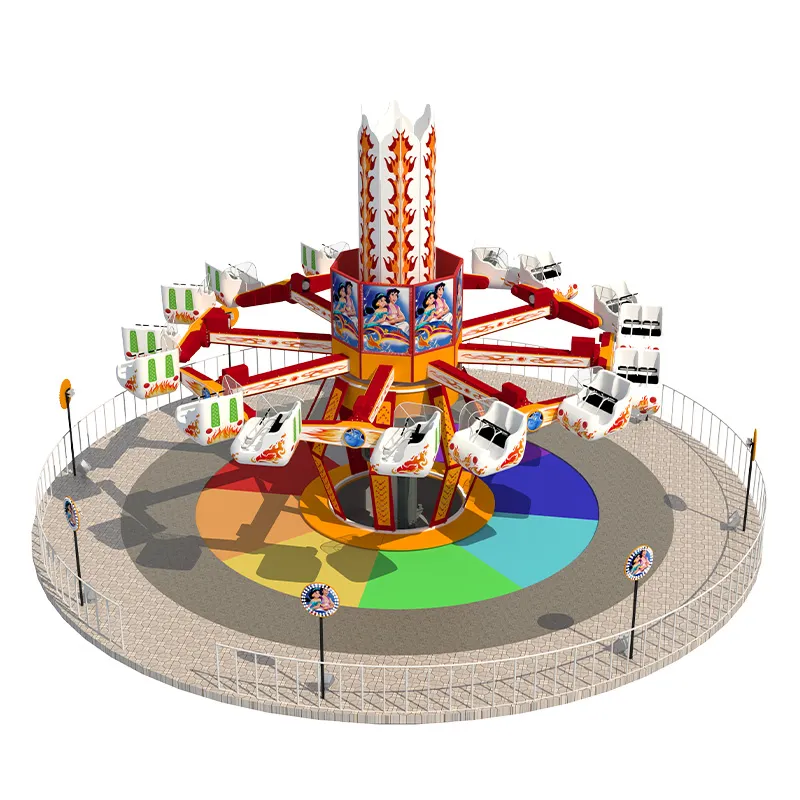- Albanian
- Arabic
- Belarusian
- Bengali
- Czech
- English
- French
- German
- Hebrew
- Hungarian
- Indonesian
- irish
- Italian
- Japanese
- kazakh
- Persian
- Russian
- Thai
- Uzbek
- Vietnamese
observation wheel
The Observation Wheel A New Perspective on the World
In cities around the globe, the observation wheel has emerged as a captivating structure that not only defines the skyline but also offers visitors a unique perspective of their surroundings. Towering high above the ground, these giant wheels provide an experience that transcends the ordinary, mixing adventure with panoramic views, making them a popular attraction for both tourists and locals alike.
The concept of the observation wheel is not new. Dating back to the late 19th century, when the famous Ferris Wheel debuted at the Chicago World’s Fair in 1893, these structures have evolved into sophisticated feats of engineering. Modern observation wheels, such as the London Eye, the High Roller in Las Vegas, and the Singapore Flyer, showcase advances in technology and design, with features that enhance visitor experience. These wheels are often equipped with air-conditioned cabins, providing comfort while you ascend to breathtaking heights.
As one steps into a cabin, excitement builds. The wheel slowly rotates, offering a gradual elevation that allows passengers to drink in the sights. From high above, the landscape transforms. A city that seemed familiar from street level appears different when viewed from hundreds of feet in the air. Buildings that once felt imposing now seem like miniature models, and landmarks that shape our cultural identity become points of reference in a broader geographical narrative. This shift in perspective can be both humbling and inspiring.
observation wheel

For many, riding an observation wheel is not just about the view, but also the memories created during the experience. Couples often seize the opportunity to capture romantic moments against the backdrop of a sunset-drenched cityscape, families bond over shared laughter and awe, and friends create lasting memories as they gaze out over vibrant city lights. Each rotation of the wheel is a reminder of the shared human experience, connecting people to their surroundings and to one another.
In addition to personal experiences, observation wheels often contribute to the local economy. These attractions draw tourists, encourage spending in nearby businesses, and can even lead to job creation. Beyond their economic impact, observation wheels can serve as iconic symbols of a city, often becoming a point of pride for residents. Their illumination at night serves as a beacon of hope and community spirit, showcasing the vibrancy and culture of the places they inhabit.
Moreover, as cities grow and change, observation wheels often act as landmarks that ensure a space for reflection amid the hustle and bustle of urban life. They provide an opportunity for individuals to pause and appreciate the beauty of their surroundings—be it a sprawling metropolis, a tranquil waterfront, or historic landmarks. This connection to place fosters a sense of belonging and community, reminding us of our roots while inspiring us to dream bigger.
In conclusion, the observation wheel is more than just an amusement ride; it is a gateway to a different perspective on life. By elevating us above the ordinary, these structures allow for reflection, connection, and a renewed appreciation for the world around us. As they continue to rise in cities worldwide, they invite us all to take a ride, whether for the thrill or the view, and to rediscover the beauty of our urban landscapes from a height we never thought possible. So next time you find yourself near an observation wheel, consider stepping aboard. The world looks different when viewed from a higher vantage point.
-
Flume Ride-Hebei Zhipao Amusement Equipment Manufacturing Co., Ltd.|Thrilling Water Attraction&Customizable DesignJul.30,2025
-
Flume Ride - Hebei Zhipao Amusement Equipment | Water Coaster, Thrilling DescentJul.30,2025
-
Flume Ride - Hebei Zhipao | Thrilling Water AttractionJul.30,2025
-
Flume Ride: Thrilling Water Attraction by Hebei Zhipao|Log Flume Manufacturers&Flume Ride DesignJul.30,2025
-
Flume Ride-Hebei Zhipao Amusement Equipment Manufacturing Co., Ltd.|Thrilling Water Coaster, Safe DesignJul.30,2025
-
Flume Ride-Hebei Zhipao Amusement Equipment Manufacturing Co., Ltd.|Thrilling Water Attraction, Safe DesignJul.30,2025
